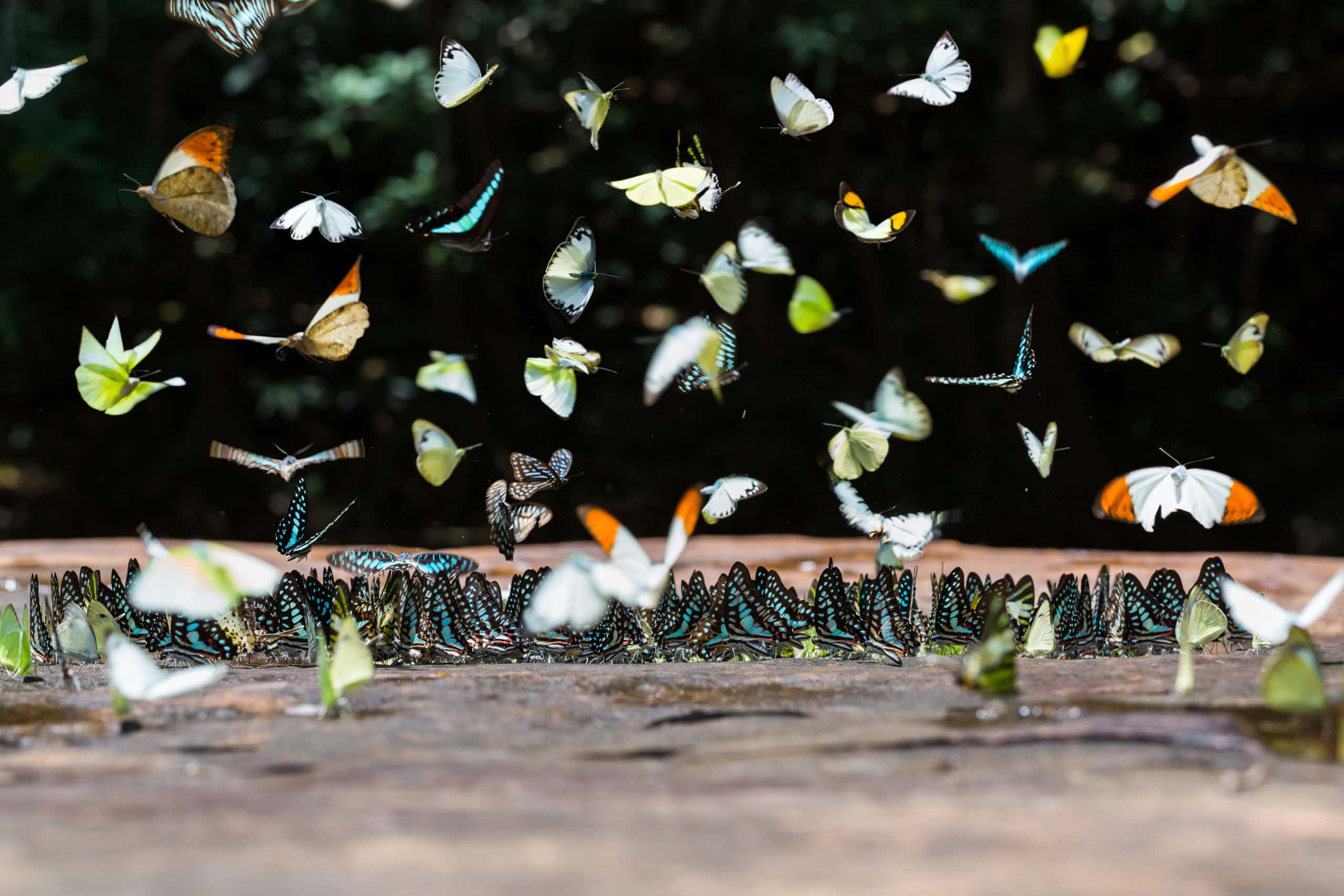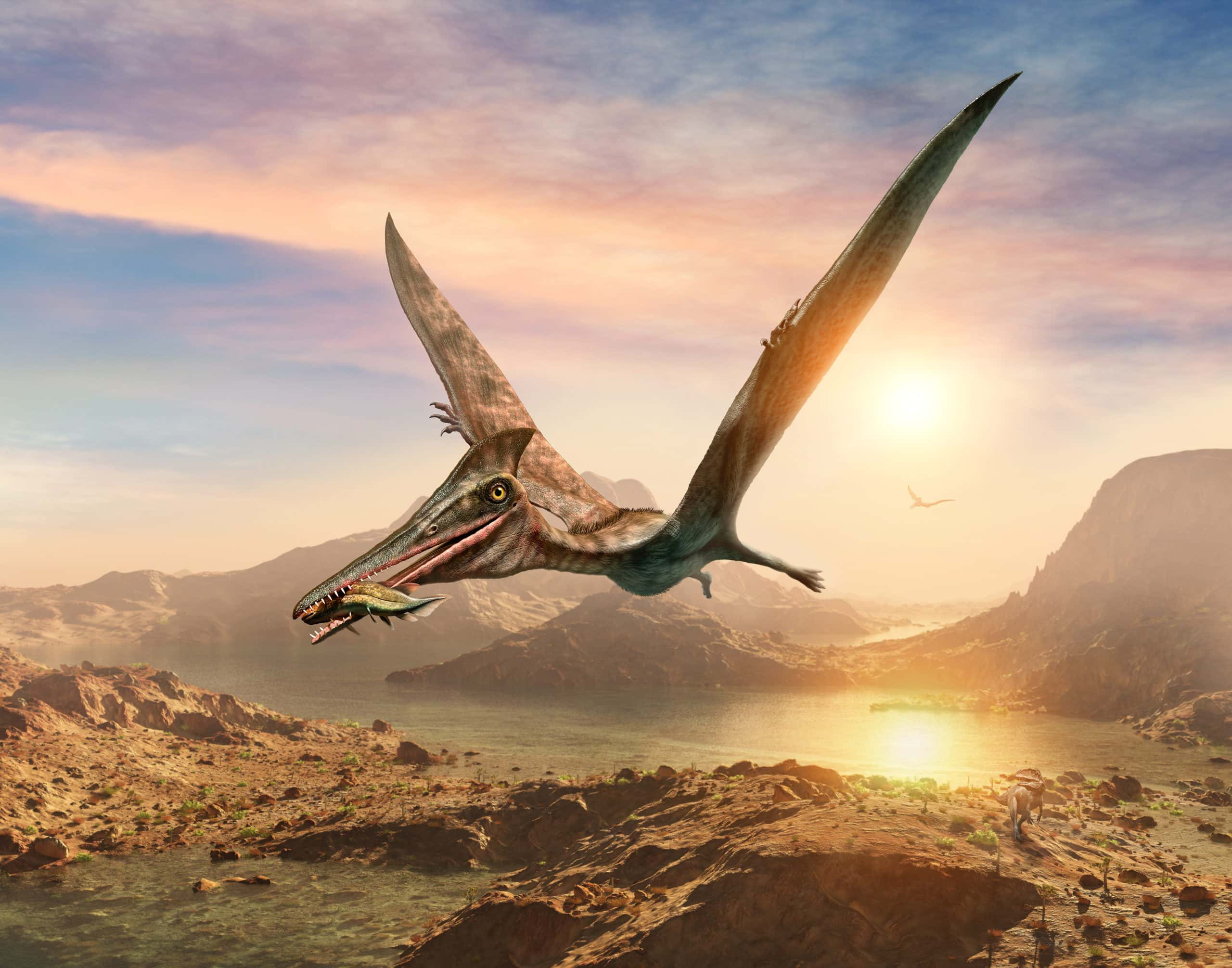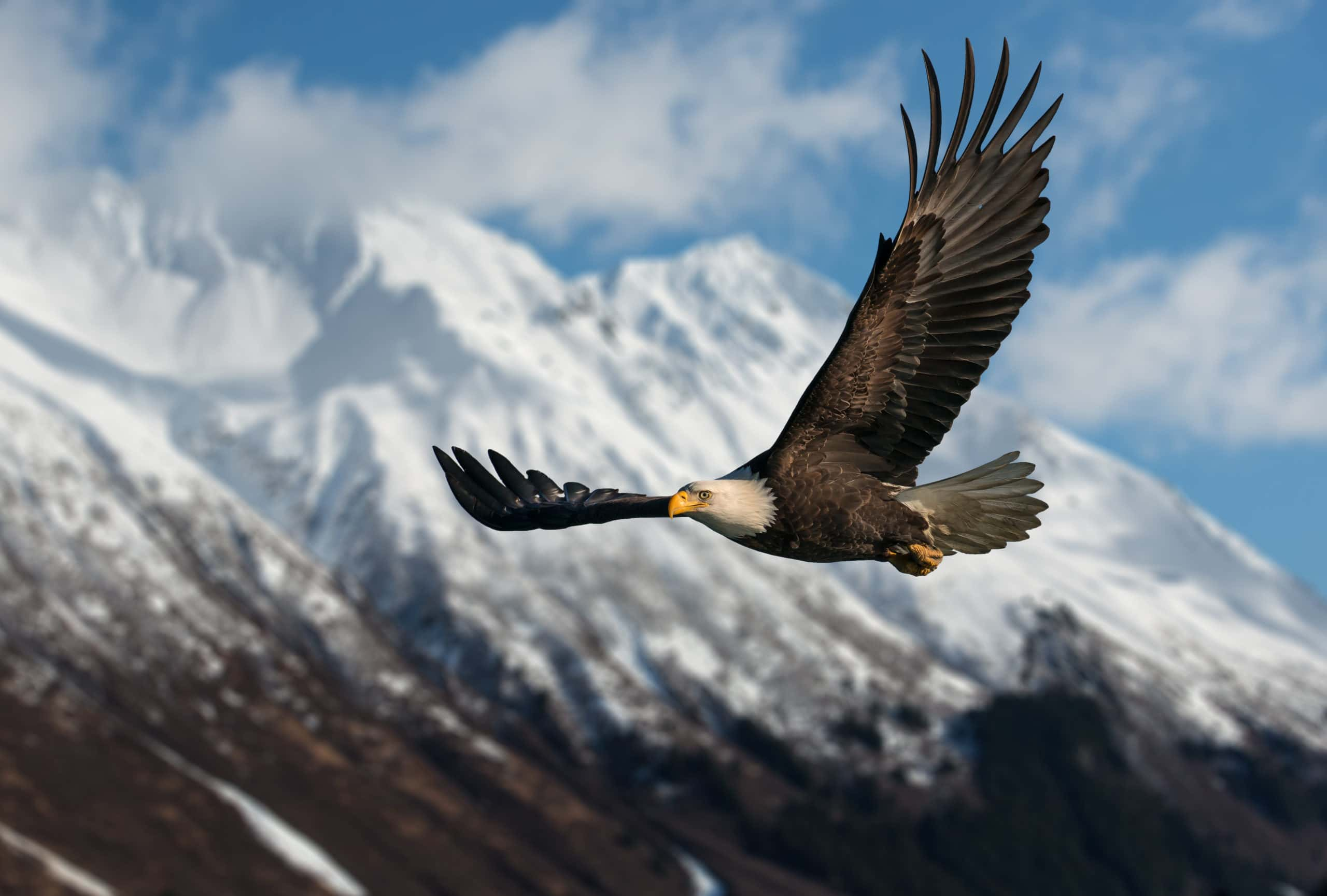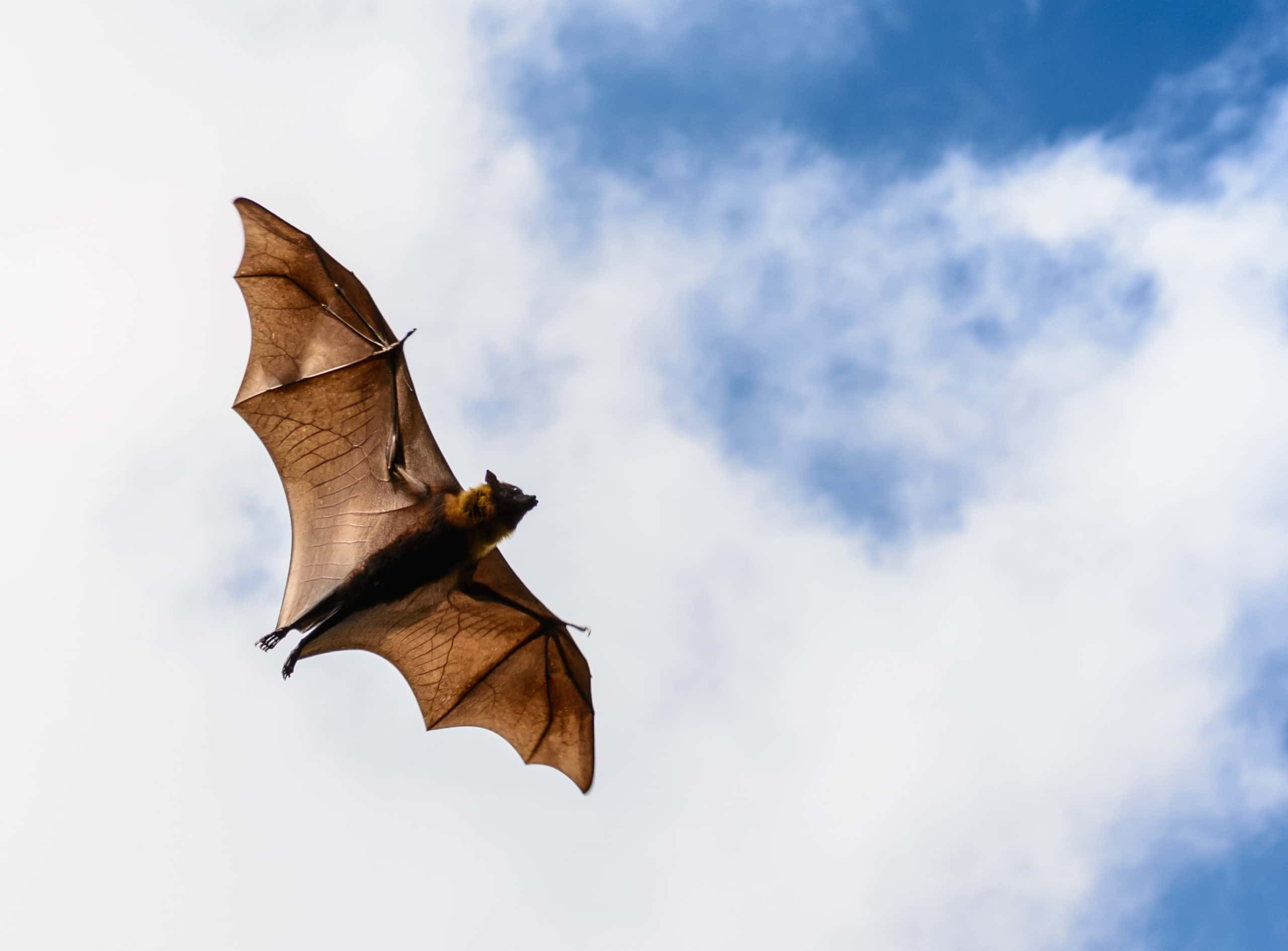Evolution is weird. It kinda goes all over the place, and it keeps ending up at the same place. It's called "convergent evolution," and it's everywhere. Like how sharks and dolphins look similar, even though they couldn't be more distantly related. Or how pandas have thumbs like ours, even though they're a completely different structure. But what am I beating around the bush for? The best example is also the most obvious: flight.
Animals have evolved the capability for real, powered flight four times: in insects, pterosaurs, birds, and bats. Four totally different types of animal, each one arriving at the same destination through completely different means. But who did it the best?
Insect Flight
Insects were the first creatures to evolve flight, some 350-400 million years ago. But while insects have been flying for a long, long time, we still don't fully understand how the ability evolved. Unfortunately, insects are pretty small, and 400 million years is a long time, so no transitional fossils exist to show us evolution's baby steps.
The best guess is that four of an aquatic insect's external gills adapted to become functional wings. In the last 400 million years, insect flight has gone through a lot of changes. Today, some insects still have all four wings. Some only have their fore wings and some only have their hind wings, but flight has helped insects become the most successful animal group on Earth. But, to be fair, they got a bit of a head start. Flight didn't evolve again for over 100 million years—but the next animals to take to the skies at least managed to get a little bigger than insects.
Pterosaur Flight
Flight is a very, very useful evolutionary advantage. It's why birds, bats, and insects are absolutely everywhere. But flight doesn't make a species invincible—Pterosaurs are proof of that. Like insects before them, we don't actually know that much about how Pterosaur flight evolved; yet again, we just don't have the fossils. What we do know is that pterosaur flight was all about one thing: the pinky finger.
Pterosaurs didn't have gills to adapt into wings, but evolution often managed to find a way. In pterosaurs, the fourth finger on their hands grew extremely long to support their large wings. Now, I'm looking at my pinky right now. It doesn't seem like the best thing to base an entire wing on—but it worked out pretty well for pterosaurs.
Once they evolved flight, pterosaurs quickly became some of the most successful animals on Earth, one of the few large creatures of their era that could rival the dinosaurs. Some also grew to titanic sizes. The largest flying animals of all time are all pterosaurs, with some reaching the size of small airplanes. So while they might not still be around today, pterosaurs at least have that feather in their cap.
Bird Flight
Dinosaurs just couldn't let Pterosaurs have one thing. Sure, dinos ruled the land and the sea, but at least the pterosaurs had the air, right? To that, some diminutive little carnivorous dinosaurs said, "Hold my beer." Though, as always, the exact mechanisms aren't exactly known, small theropods started growing feathers on their arms. Give it a few million years, and presto change-o, you've got birds!
Birds have maybe the simplest flight mechanism of any animal. Insects (probably) use modified gills, pterosaurs had their strange, massive pinky fingers—birds just flap their arms like lunatics and hope for the best. OK, that's not QUITE fair, but I wasn't totally lying: A bird's wing is just its arm, with feathers making up the bulk of the wing's surface.
So why are there birds everywhere today, but I don't see anyone giving bread to pterosaurs in the park? Thankfully, for once, the answer is pretty simple. Pterosaurs got too big! By the time the meteor that killed the dinosaurs touched down on Earth, even small pterosaurs had up to a six-foot wingspan. In the apocalypse that followed, nearly every large animal on Earth died out. But there were lots of pesky little birds hanging around back then. They survived the cataclysm, and the rest is (pre)history.

Sign up to our newsletter.
History’s most fascinating stories and darkest secrets, delivered to your inbox daily. Making distraction rewarding since 2017.
Bat Flight
I'll be the first to admit that I don't give bats enough credit. Flight is a big deal! It's only evolved four times, and bats are one of those! But bats are the new kids on the block. Yet again, we can't say for sure when bats evolved flight, but the first bats appear in the fossil record 50 million years ago. I'm no mathematician, but that seems like a lot more recently than any of the others.
But while bats might not be the most impressive flyers in history, I'll give them one thing: They've got the coolest wings. While insect wings were gills, pterosaurs had pinkies, and birds use their arms, picture a bat wing-like a gigantic, outstretched hand. Their wings, supported by thin fingers, are far more flexible than bird wings. That makes them far more maneuverable but limits their size and ability to fly over long distances.
Give Flight A Try
So those are the four times flight has evolved. It's possible it's has happened other times and there's just no proof in the fossil record—but that's not particularly likely. Though each of these creatures evolved the ability for true, powered flight in their own way, it had the same result every time: They became extremely successful.
Insects are the most numerous creatures on Earth. Pterosaurs, birds, and bats all colonized nearly every habitat on Earth, and diversified into countless species, all thanks to their wings. When I was a kid, I looked forward to the day that people would evolve wings so we could join them in the sky. That seems less likely today than it did then, but hey! You never know!
Flight evolved four times already. Who says there can't be a fifth? All I've got to do is stretch out my pinkies...or make my hand 10 times the size...or grow feathers...or gills. I'll get working on that and tell you how I do.














